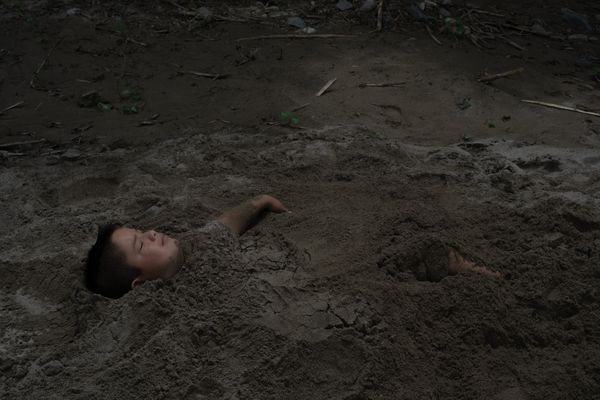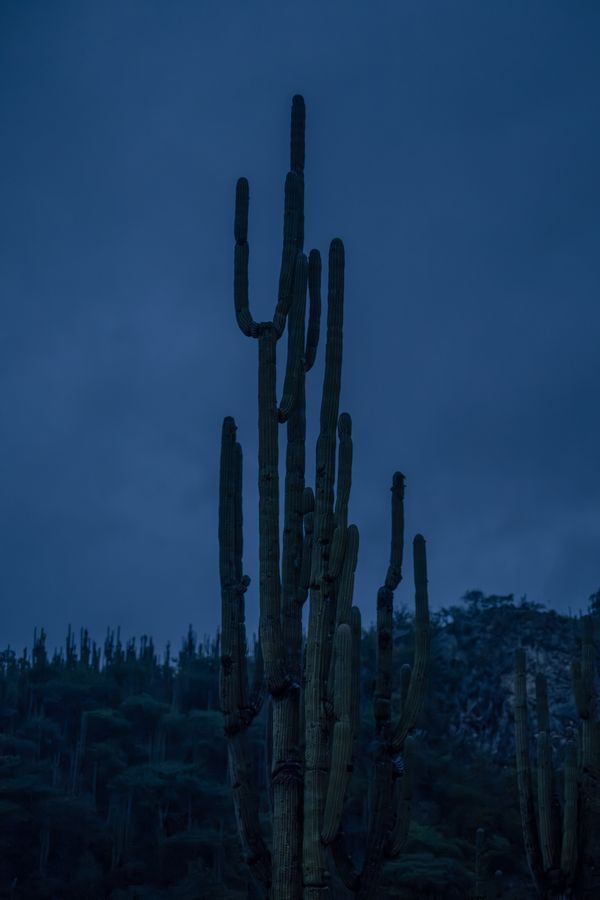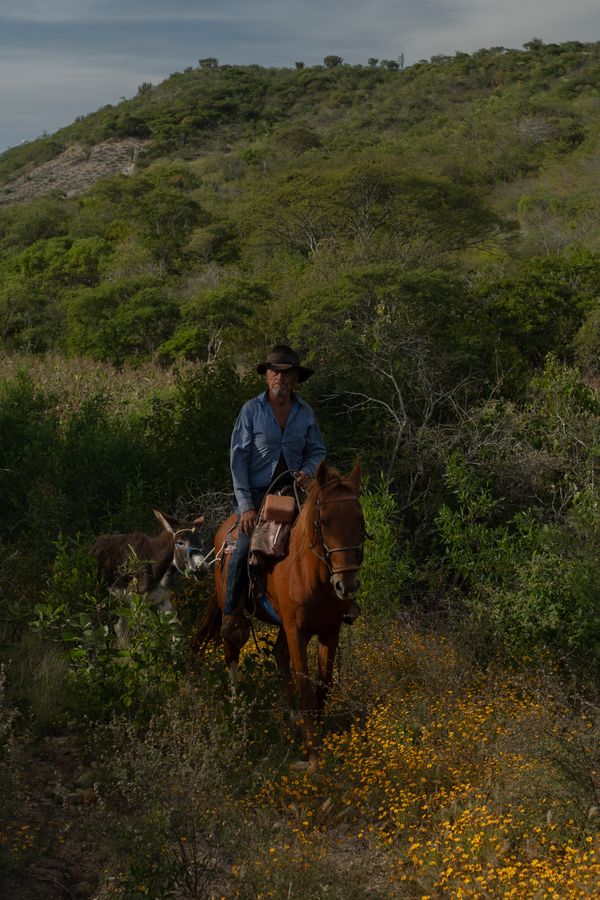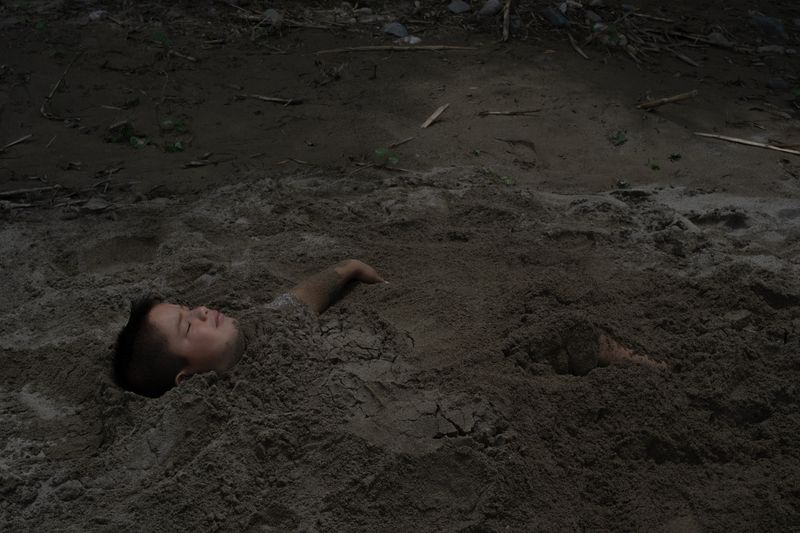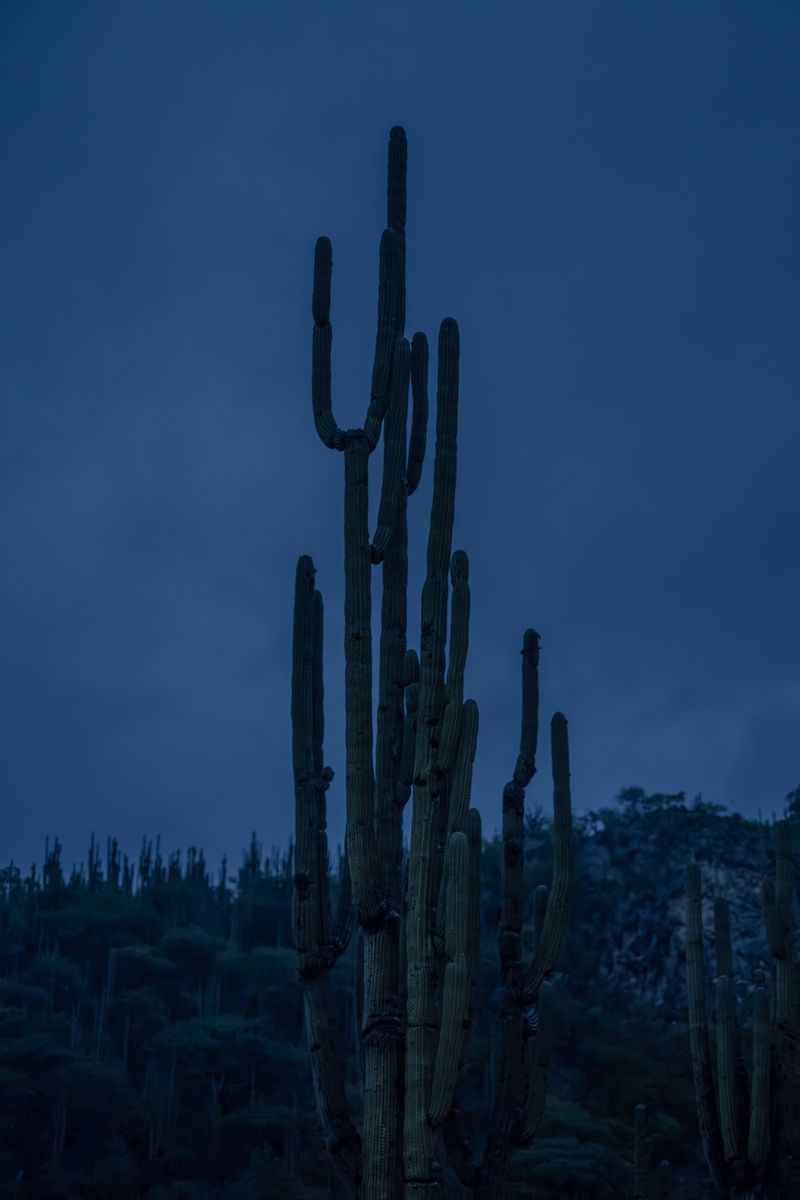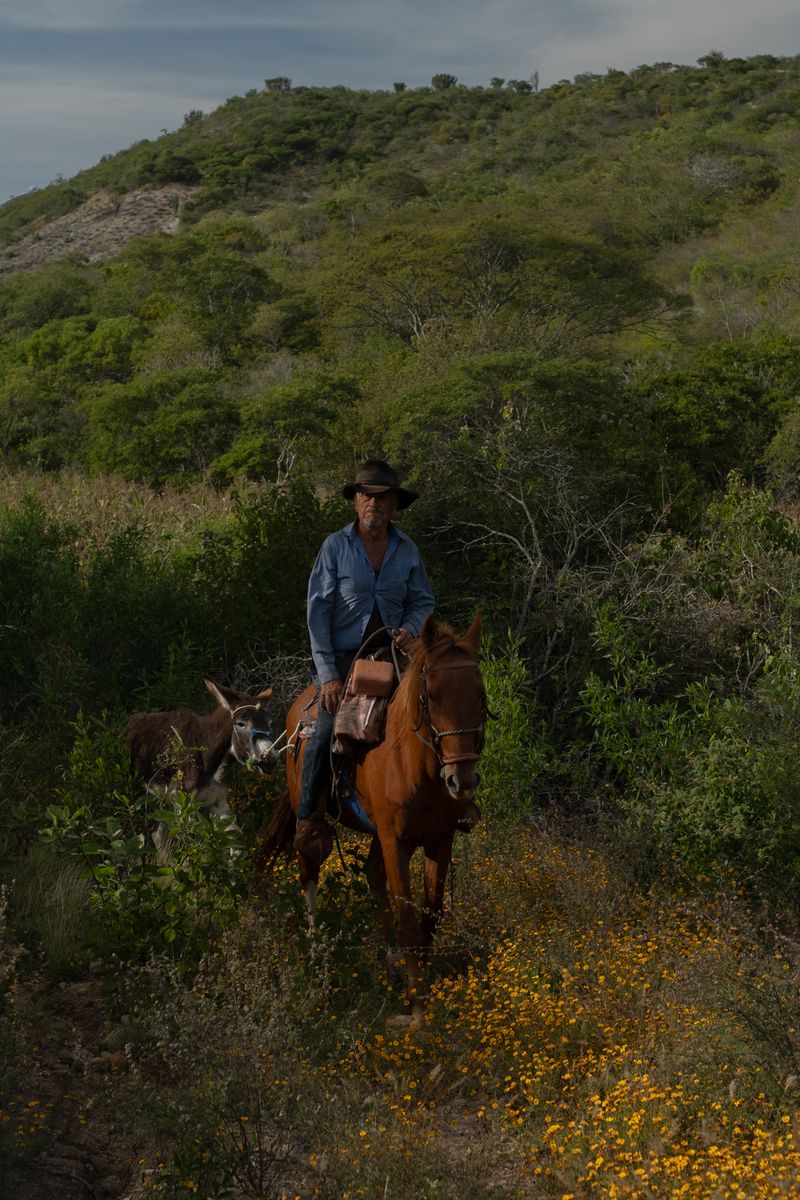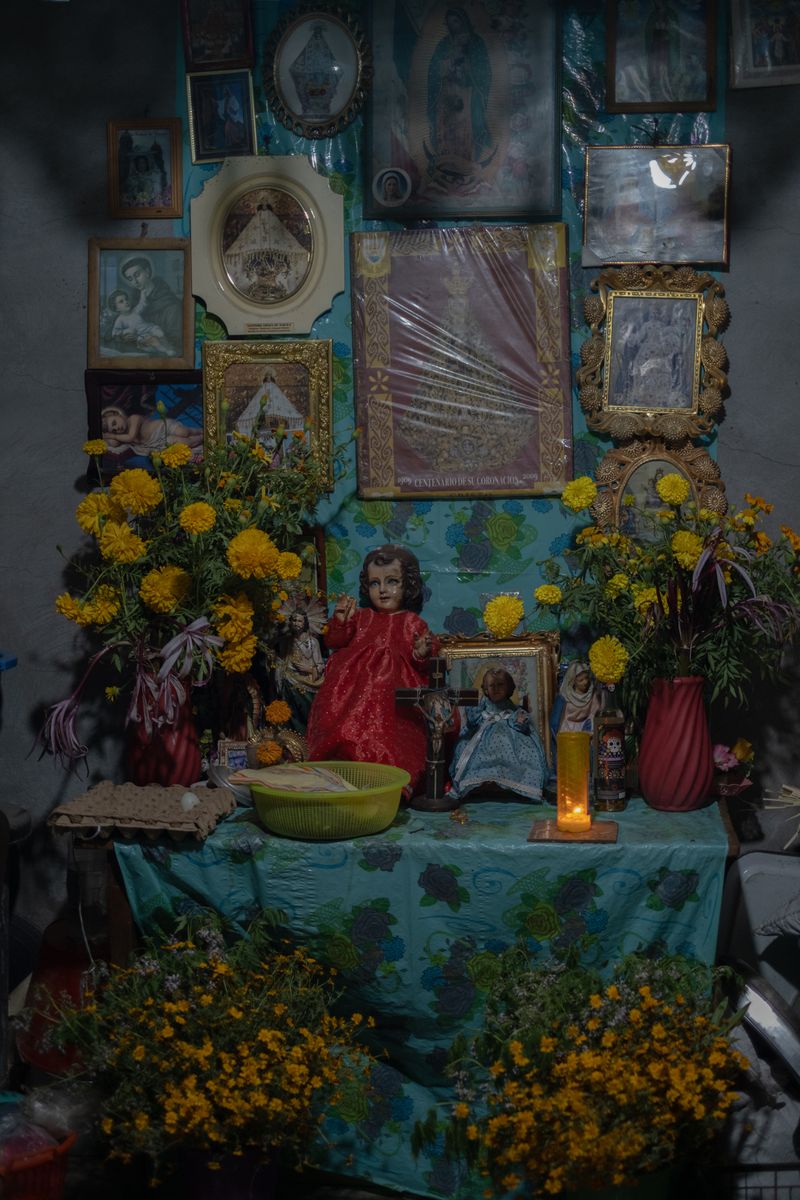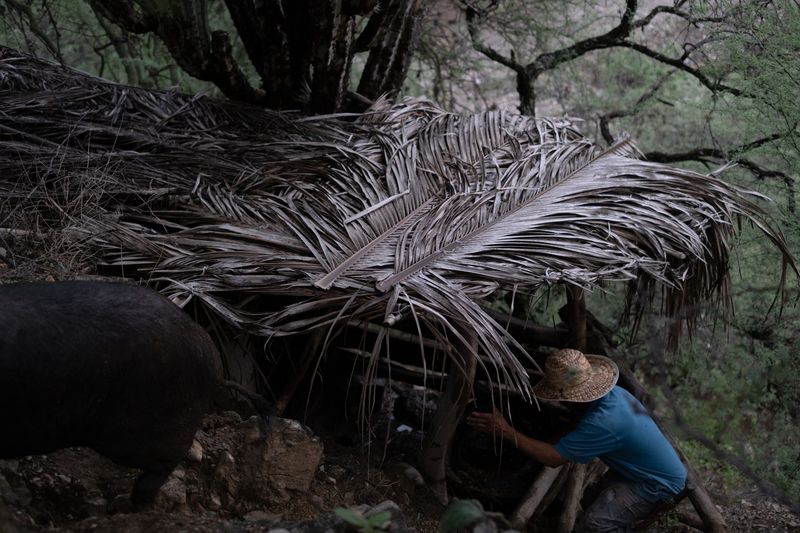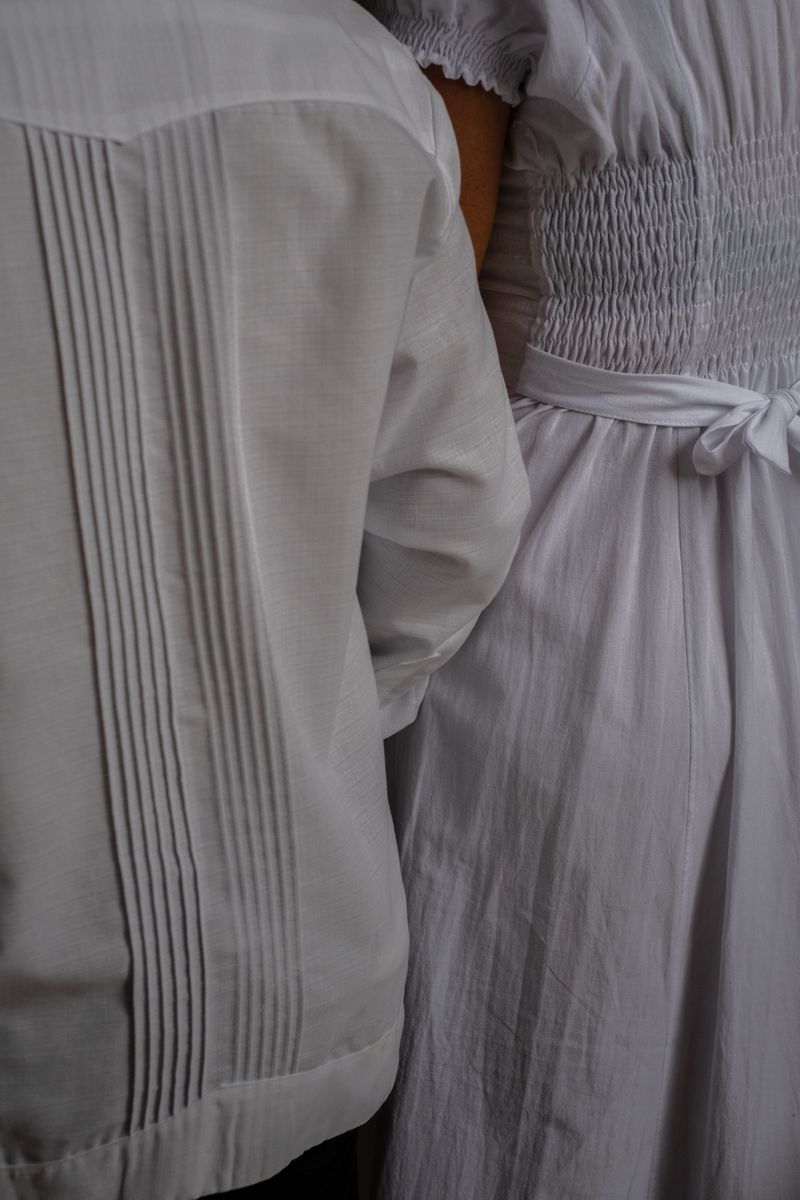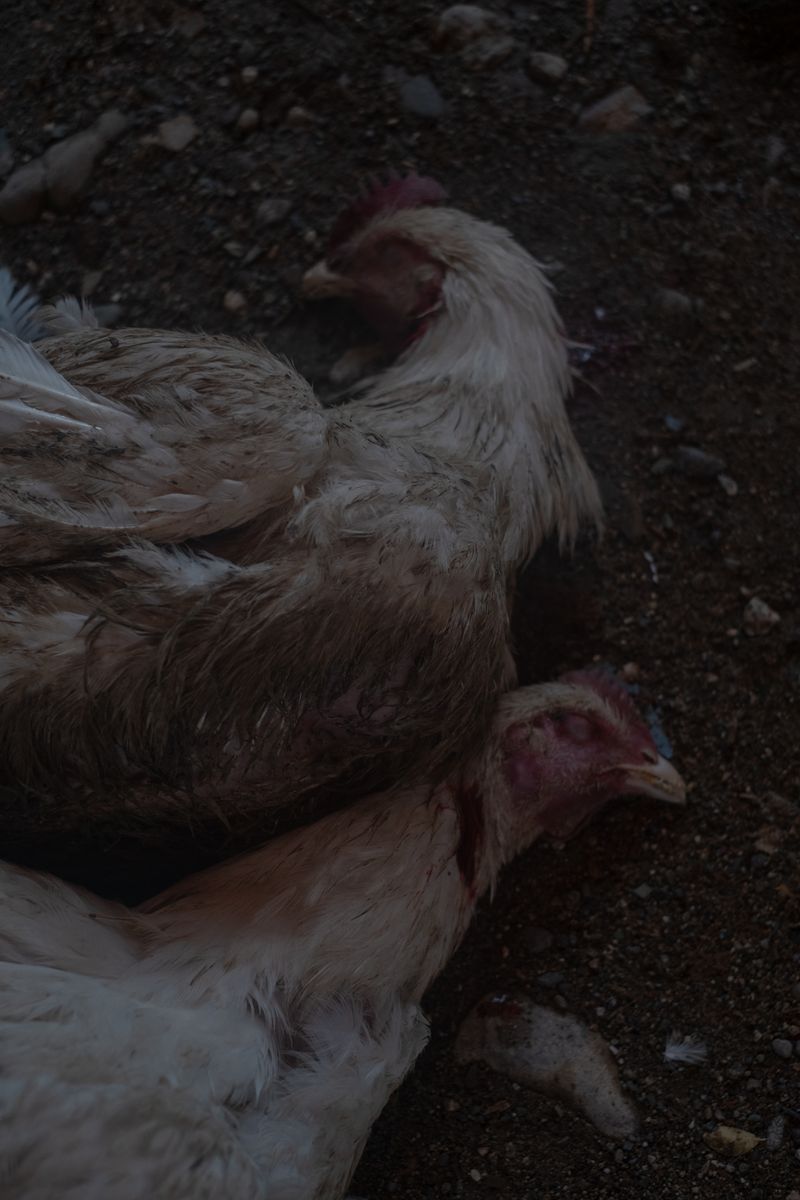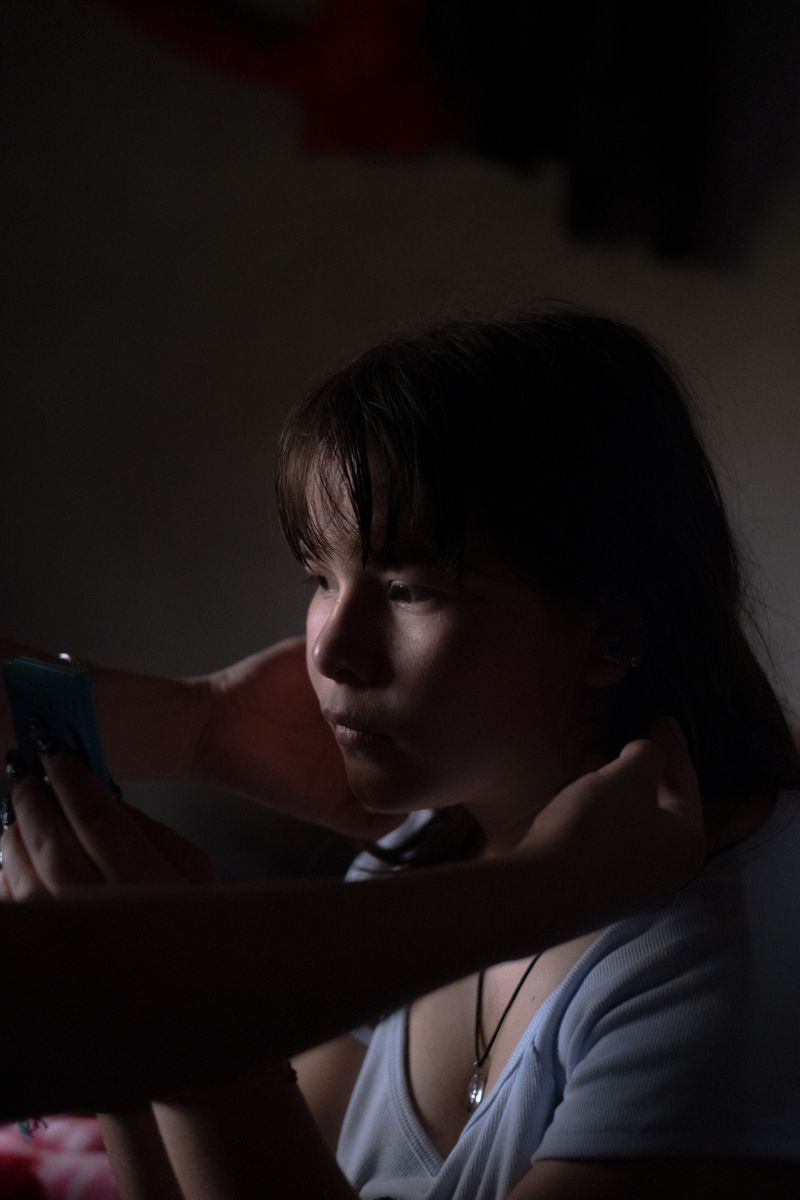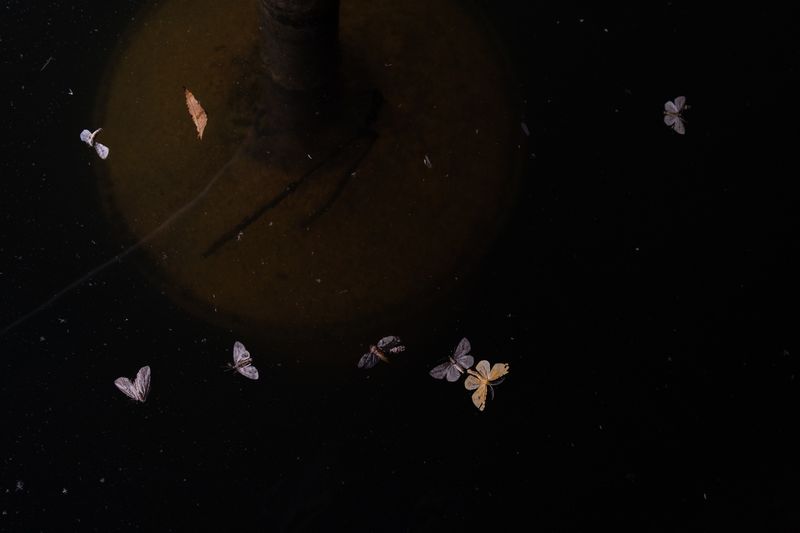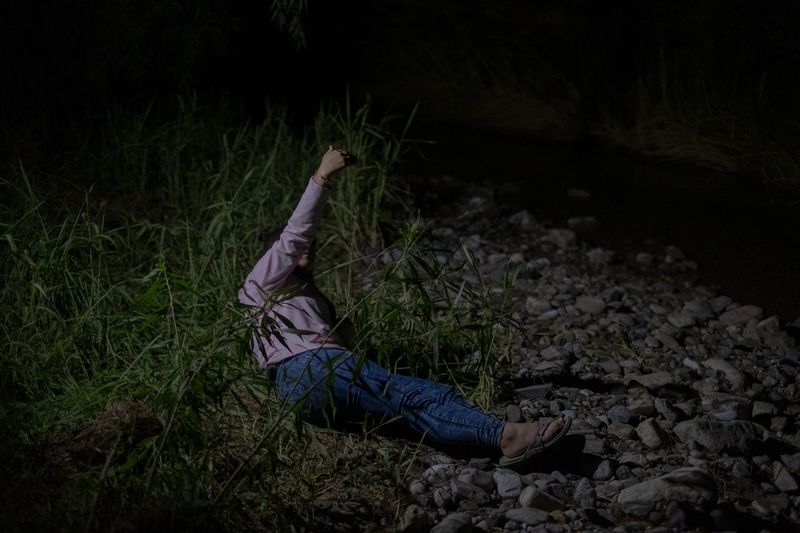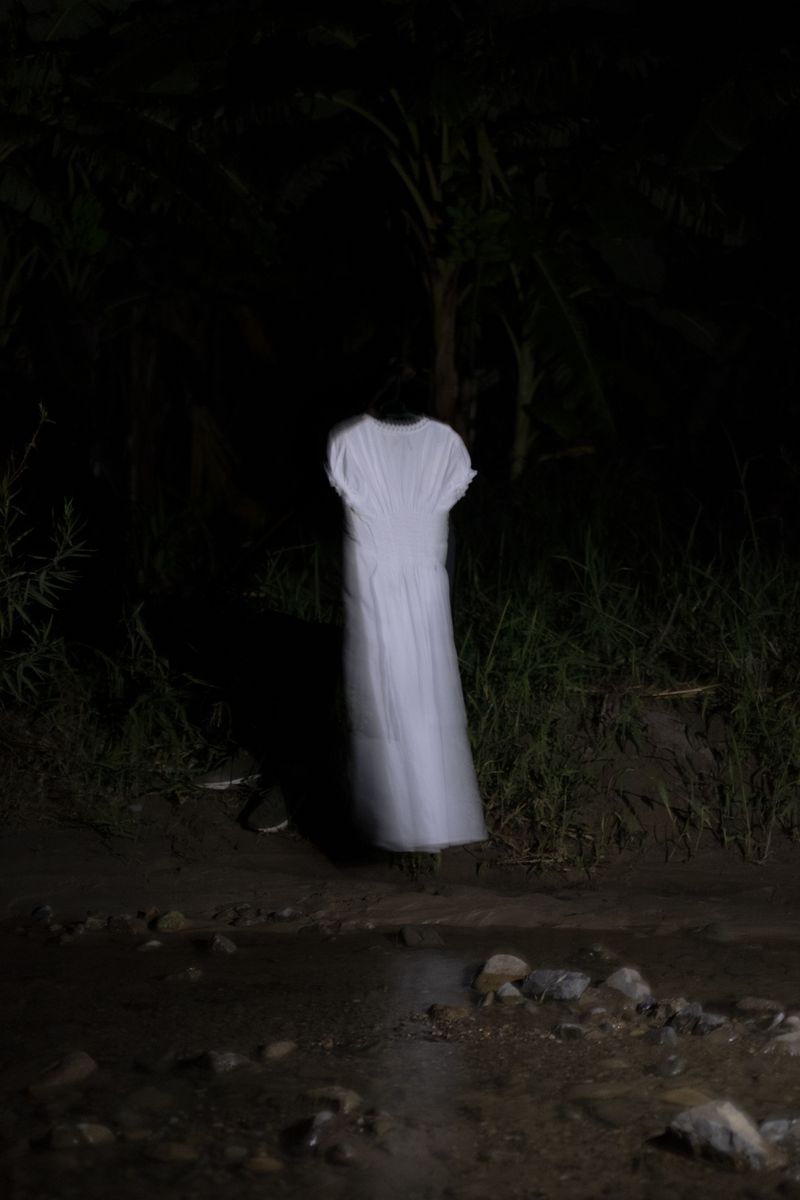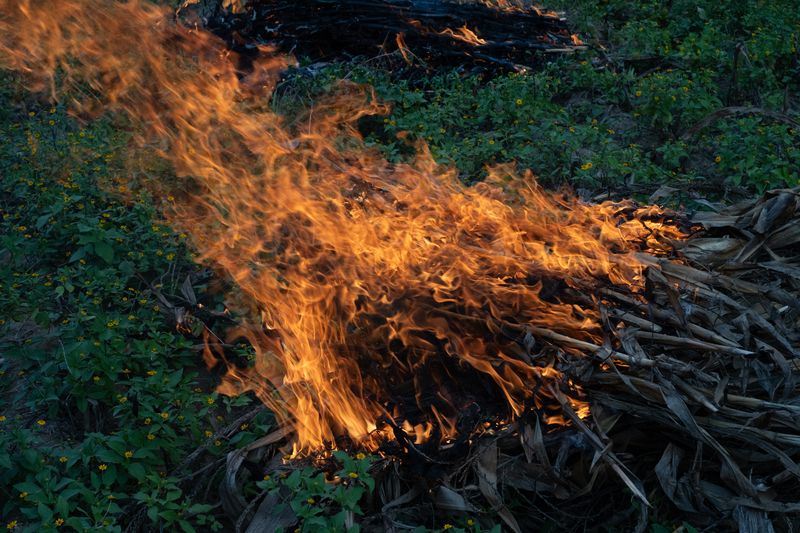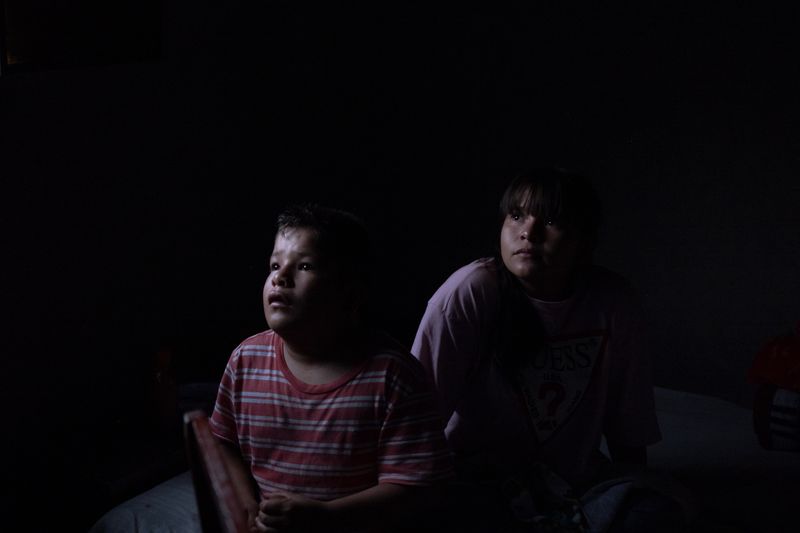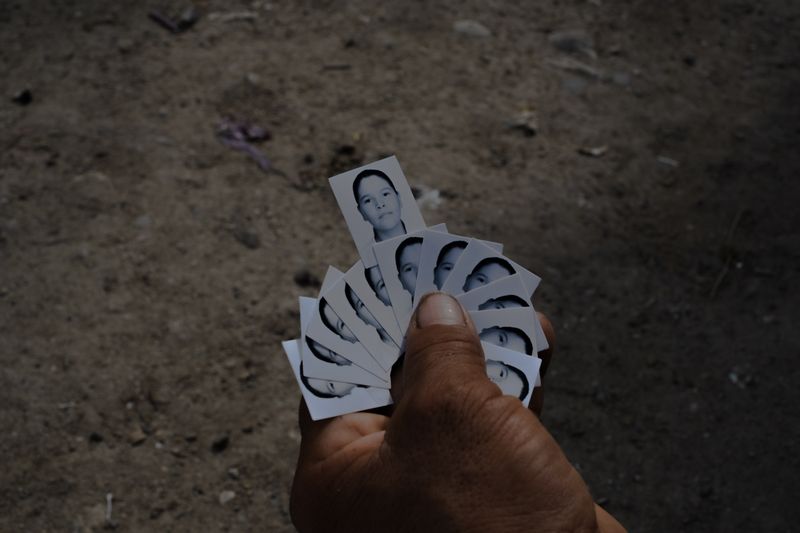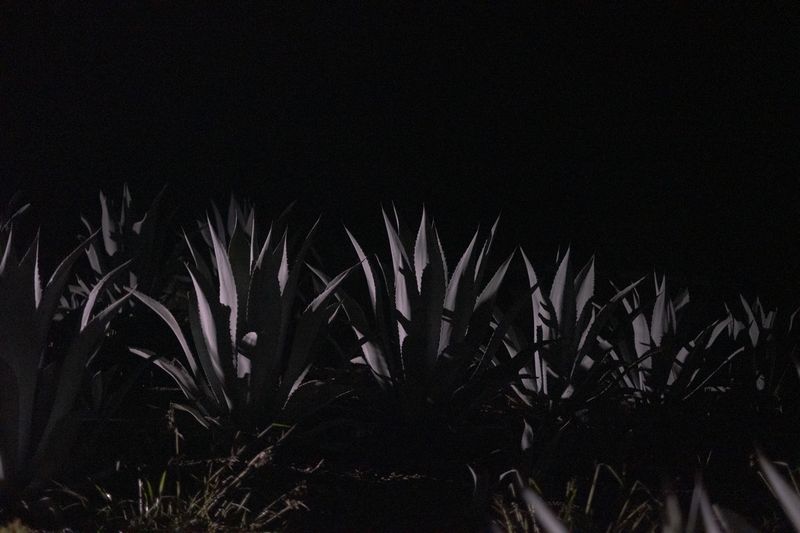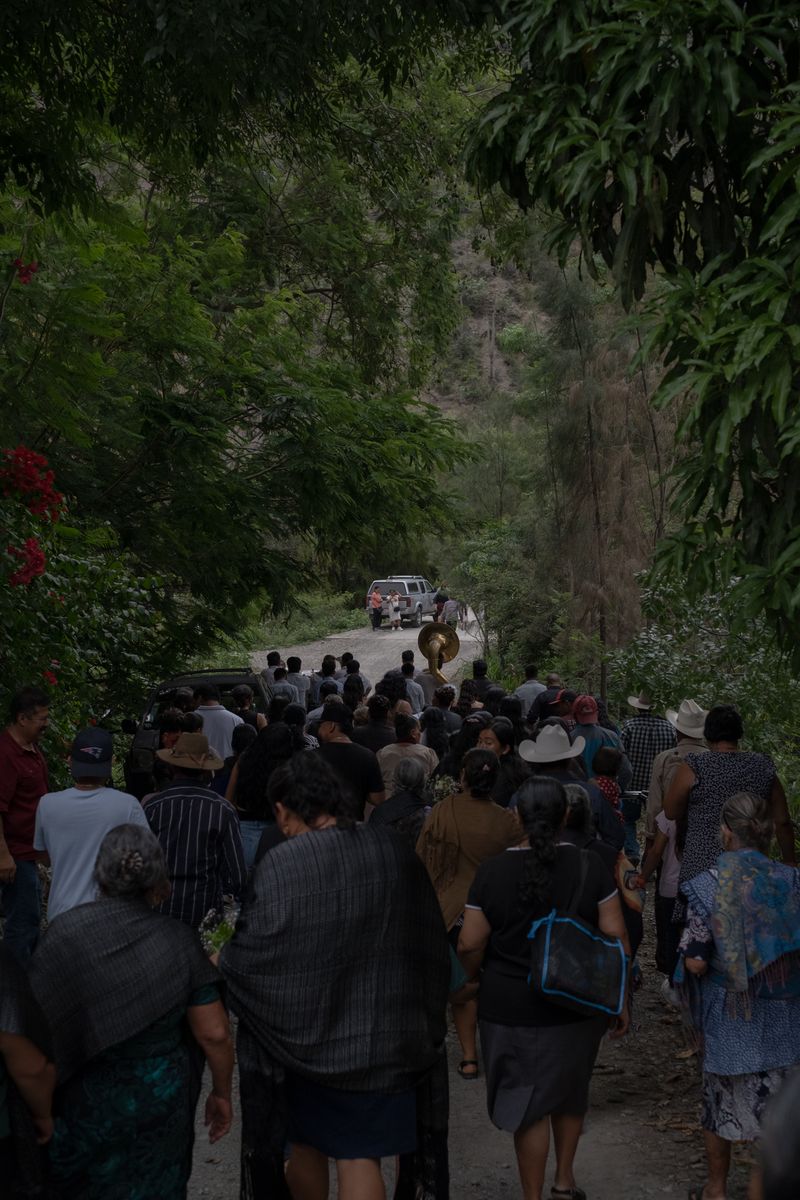Allí en Yegolé
-
Dates2024 - Ongoing
-
Author
- Locations Mexico, Oaxaca, Candelaria Yegolé
Allí en Yegolé evokes the baroque resilience of a mezcal-producing pueblo where ritual, daily life and rural imagination sustain alternative modernities rooted in cyclical temporalities and sensible reciprocity. It is a story of presence.
Más de cien personas
seguían la procesión
del río de piedra.
El día después,
quedaban treinta.
Los demás volverán.
Más de cien personas
seguían la procesión
del río de piedra.
Los demás volvieron.
Allí en Yegolé evokes both a physical and symbolic distance from modernity, urban existence, and the exploitation of myth. Along the Río Quiechapa, amid cacti and agaves, the pueblo of Yegolé sustains its own rhythms and aesthetics. This way of being, which preserves the “natural forms” of life, echoes Bolívar Echeverría’s baroque ethos as a form of resistance to capitalism. Though labeled a pueblo mezcalero by the market narrative of mezcal, Yegolé’s interrelation with its territory defies such simplifications, asserting a richer campesino world beyond the production of mezcal.
"In Yegolé, there’s almost only one family—the Sánchez,” someone told me. Yet in the last decades more arrived, migrating from remote ranchos of the Sierra. They fled community tensions, some linked to illegal cultivations. Thanks to remittances from workers in the United States, local services follow new standards of life, while still shaped by campesino ingenuity. These displacements bring both absence and renewal, between staying, leaving and returning. Aquiet mestizaje that necessarily generates baroquism, according to the cuban writer Alejo Carpentier.
The series tells the visual story of Yegolé as a baroque entity within the always more globalized mezcal landscape. It lingers on the pueblo’s specters and dreamlike atmosphere as sensible presences of resistance standing at the margins of a dominant and idealized mezcal narrative. What is truly at stake is the pueblo’s permanence, inhabited by its people, shaped by its architecture and communal moments. Standing against a singular vision of progress, Yegolé’s cyclical temporalities – rooted in reciprocity, ritual repetition and cosmology – can inspire visions of alternative futures challenging the global climate and societal collapse.
The photos unfold around the daily and festive life of a family that produces mezcal. The greatest events of life, such as a quinceañera and a wedding, are an echo to the pueblo’s cycles. Entering in dialogue with my original project on mezcal, El tiempo del maguey, this work further explores the intrinsic temporality of the pueblo of Yegolé, where mezcal is not only produced, but part of complex relations, rural work and celebrations. The project’s future is open and expandable. Inspired by the rural reality, it embraces its repetition, reconfiguration, and imagination.
